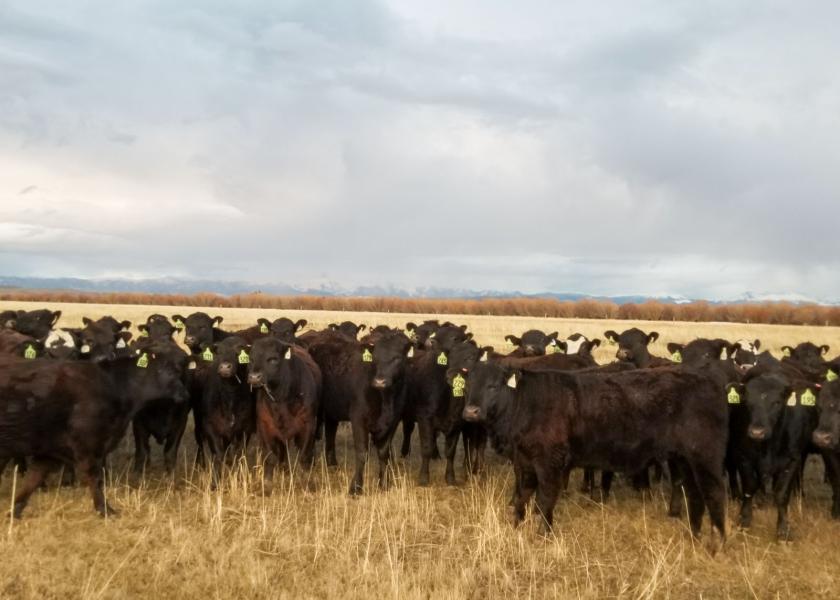Nalivka: Record Prices Require Risk Management

While I often question USDA’s Cattle on Feed reports, I believe the trend of a declining feedlot inventory as reflected in the last several reports are accurate. We know the direction of the supply following the previous two years of herd liquidation and the slaughter data is confirmation. It does not take a detailed review of heifer slaughter to know that a large share of those feedlot inventories has been heifers – heifers that were not held as replacements in the fall of 2022. We knew they would not be replacements – not after significant herd liquidation that year!
Heifer slaughter has fallen below a year earlier since mid-May and year-to-date, is down 2% from a year earlier. Two important points – first, for all of 2022 heifer slaughter was the highest since 2003 and, second, for the period of September 23 through the end of the year 2022, this was the highest number of heifers slaughtered since 2002. I am assuming this year’s figure will continue to fall well below the 2022 number. Steer slaughter year-to-date is down 5% from a year earlier and the lowest in my database which goes back to 1989. Consequently, cattle supplies will tighten even further as we look toward the end of this year and into 2024.
Tight cattle numbers, reduced beef production, and stronger demand has led to record high prices. While this is great for the industry, demand which has supported these higher prices, becomes a concern. USDA’s reported August average retail price for Choice beef was up 7% from a year earlier while the price of all fresh beef was 9% higher than a year ago. The average price of steaks during August was up 13% from a year ago while ground beef prices for the month rose 3% over a year ago. This is an indicator of where consumers will likely spend beef dollars if budgets get tight. While strong ground beef sales are positive, it takes solid prices across the entire carcass to support the market.
Coming back down the supply chain, cattle prices also reached record highs. Finished Choice steers were up 29% from a year ago in August while feeder steers were up 40%, calves were up 45%, and cull cow prices posted a 27% jump over a year ago. All good – right?
As we all know, revenue is only one-half of the picture so we need to look at some of the major input costs to produce those cattle. Cost of gain in the feedlot for cattle marketed during 2023 will be up 12% from a year ago and 75% higher than the 2017-2020 average. In addition to feed, another major input is fuel. Diesel fuel prices during August were down 12% from a year ago, but 81% higher than the 2017-2020 average with the August price of oil up 54% against that same period. Meanwhile, the prime interest rate averaged 8.5% during August compared to 5.5% a year ago, and 4.45% for the 2017-2020 average.
This is not all breaking news. However, what producers must consider for the future of their ranch is that rising costs of production coupled with production efficiency will likely lead to a shrinking industry, not just cyclically, but structurally over the long term. How will you fit? Record prices today are great, but planning, coupled with a business analysis and a marketing strategy based on quality will get you to the long-term goal – a successful beef operation.







